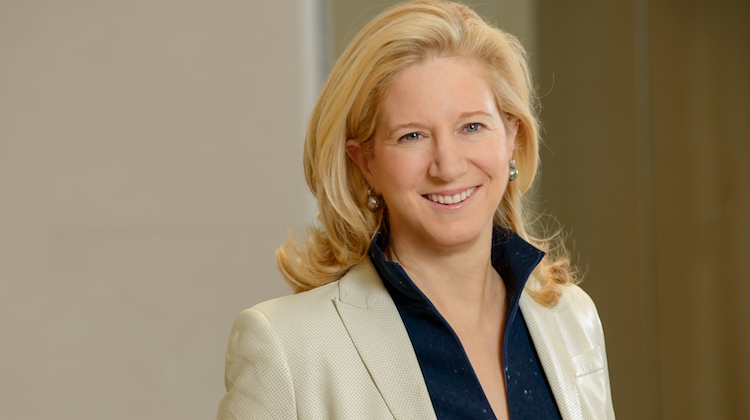Business of Fintech
‘You have to know what’s coming’: Inside Oak HC/FT’s approach to investing
- Creating a company has become easier and faster with technology, giving way for more and sometimes better ideas to be realized
- The most successful parts of fintech are the ones helping the existing banks, not creating new solutions








